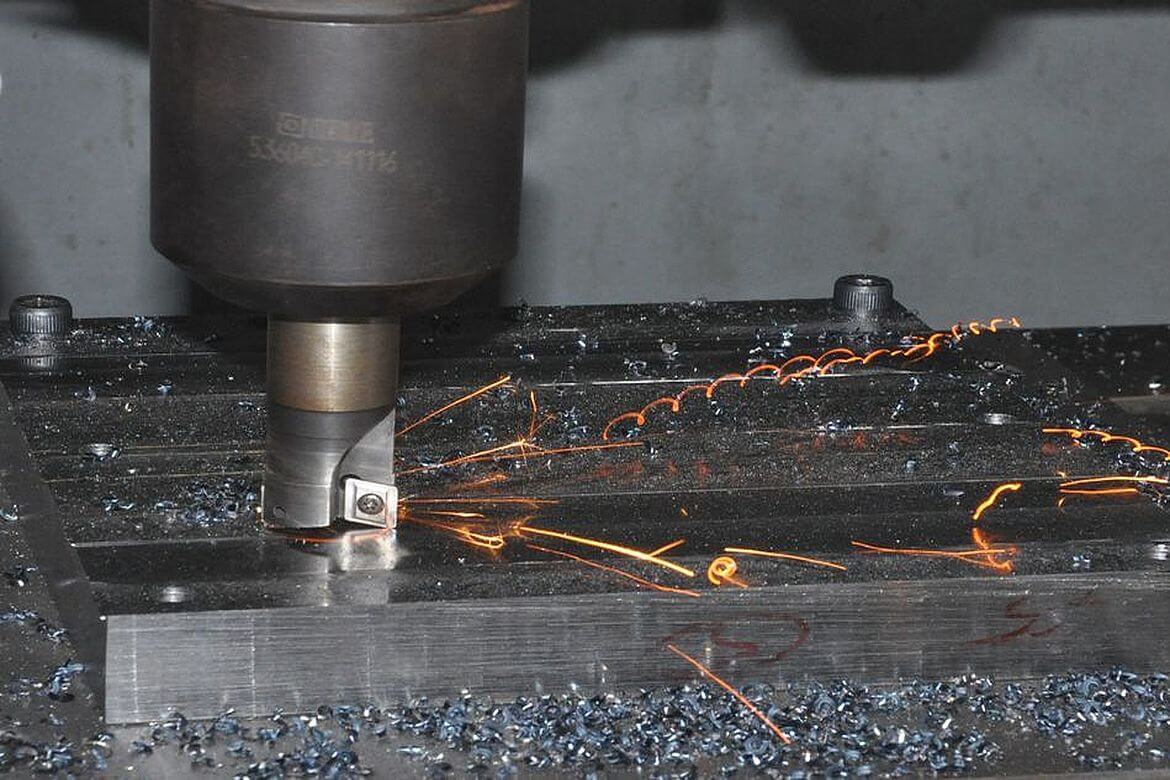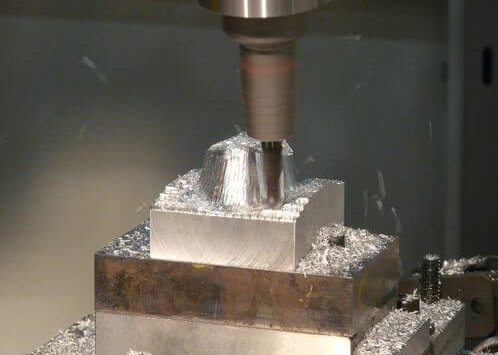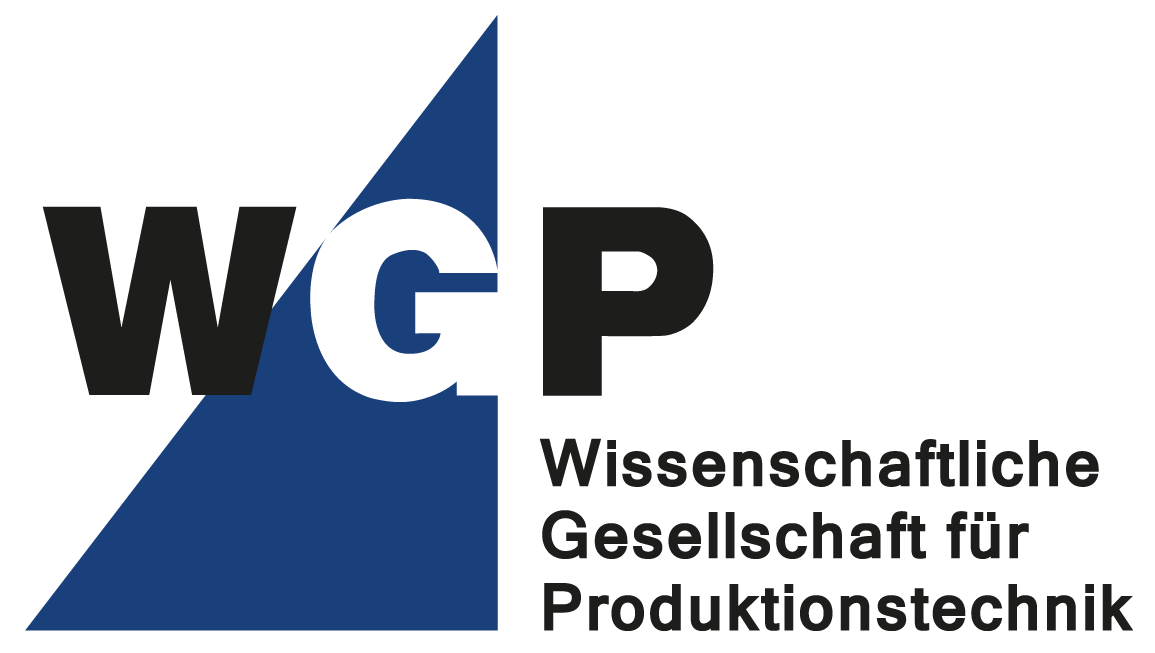We speak about cutting and machining when a desired workpiece shape is obtained by lifting chips off a raw part with the aid of a tool. Drilling, sawing and grinding are known from everyday life. In classic engineering, grinding and milling are among the most important representatives. Special processes, e. g. for the manufacturing of threads and gears, as well as further fine machining processes are also to be included. With cutting manufacturing processes – especially with the fine machining processes grinding, lapping and honing – it is possible to achieve the highest accuracies concerning the measurement, form and surface in the sub-micrometre range, for example.
Cutting remains exciting
The production processes compete against each other for the highest numbers of applications. For instance, forming processes are becoming increasingly exact so that they are also becoming interesting for applications which had been reserved to cutting processes up to now. One example is the manufacturing of bevel gears for differential gears.
Additive production processes, on the other hand – often called 3D printing – demonstrate their advantages where a high delicacy of the component is required or tool-based production is not economic due to the low quantities. There is always a threat of competition from joining processes when especially large workpieces have to be cut, in aircraft construction, for instance. However, cutting becomes interesting again when integral construction with components having to be manufactured from one piece is replaced by differential construction with an assembly of single pieces. This becomes possible whenever there is a choice of efficient joining processes.

Chipping in research
The chippers, however, are not sleeping and, in turn, are refining their processes. The chipping forces can be reduced by means of heat chipping where the workpiece is heated by laser light and becomes formable. High speed chipping minimizes the machine utilization times and also reduces the chipping forces. This considerably improves the energy balance since the base load of the tool machine for the control and the aggregates is used for a shorter period. Cryogenic chipping, i. e. cutting processing with the aid of liquid nitrogen to cool the tool reduces its wear. With fine grinding, form and surface accuracies on the tenth micrometre scale are achieved nowadays. Hybrid processes such as grind hardening lead to shorter process chains and, thus, improve the economic efficiency.
Many of the future topics relevant for our society are not even thinkable without cutting processes. Against the background of our aging societies, they play a big part in medical technology, for example, concerning dentures and implants, for instance. In the automobile industry and in aircraft construction as well as in engineering in general, they are irreplaceable.

Tool machines are also becoming better and better
The further development of the procedures is accompanied by a continuous improvement. Adaptive control and active vibration-damping systems are leading to increasingly higher chipping performances. The tool machine is becoming more environmentally-friendly due to improved operating and control strategies. It is becoming multi-technology-enabled, thus mastering various processes such as cutting and welding simultaneously. And it is becoming more flexible with a view to geometry so that the diversity of varieties required by the market can be satisfied. In contrast to the mass production of the 60’s and 70’s, they can carry out orders of a lesser volume resp. smaller quantities per order (batch size) without causing the setup costs to soar proportionally.
